|
(3/3)I continued to do odd jobs after high school because I still had to help my family. I worked in the oil fields with Exxon Mobile for 18 months following graduation, but I started noticing the older gentlemen were missing fingers. I looked at my ten toes and ten fingers and decided it was time to move on to college. I applied for scholarships and St. Edwards University in Texas was the first one to respond.
Going to school in Austin really opened my eyes to the possibilities of who I could become. When I went to the financial aid office, the Financial Aid Director was Mexican. Her husband was a controller for the city. The Chief of Police was Mexican. When I went to open a bank account, the bank’s president was Mexican. In Immokalee, 90% of businesses and leadership positions were predominantly white at that time. I took that as motivation and became a sponge. My junior and senior year, the Tribe was able to provide me with some financial aid, which was a huge help at that time. After graduation, I imagined I would be a P.E. teacher and eventually coach a sports team at the local high school since I had been so involved myself. I had just completed my final interview and was set to start teaching in 3 weeks when the newly elected President of the Seminole Tribe reached out to me. He asked me to be a part of his team in the recently built Seminole Casino. I never imagined myself in gaming, but I was sold once I learned more about gaming and our history. I didn’t learn about my Seminole and Mexican history until after college when I started working with the Tribe. It may have been because the Seminoles don’t have a written language and our history has been passed down verbally. All I knew about my culture was from what I learned from my parents and my grandparents. I didn’t learn about the Trail of Tears or even how our land was taken away. The Seminole Tribe used to be spread across Florida and lower Georgia, but by the 1850’s and 60’s, we had less than 200 members. Today we have around 4,300 Seminoles, but our language is still not written. When members of the Seminole Tribe enlisted in the military, they used that as an advantage to communicate across groups during the war just like the Navajo’s did. Luckily, these Seminole code talkers returned home. Tony, a local Seminole tribe member, reflects on his experience leaving and returning to Immokalee.
0 Comments
(2/3)The Sugar Shack on Main Street and 9th was the hangout spot back then. Half of the building was a laundry mat and the other half served milkshakes and burgers. There was only a small seating area, but that didn’t matter because everyone hung out in the parking lot. We’d grab a bite to eat and cruise down Main Street in our cars towards the park and back for hours. After home football games, we would head to the sock hop at the community park for an hour before we headed to the Sugar Shack parking lot.
Where iTech sits today, I attended elementary school. The elementary, middle, and high school were all on the same campus. Highlands Elementary opened when I began second grade so I rode the bus there. The Bethune School was still segregated at that time. It was predominantly Black, but a few Mexican students attended. Eventually Pinecrest and Village Oaks opened. At that time, 90% of the businesses were owned by white folks. Before there was Winn-Dixie, we had Fred’s Bond, Minors, and Shopworth. I bagged groceries at Fred’s Bonds, which now is the Fiesta Supermarket. Soda and chips were only 10 cents each. If you went to the St. Clair gas station at the time I was working there, you would pay 25 cents a gallon. Back then it was full service. For only 70 cents, I would check your tires, pump your gas, and clean your windshield. There were two theaters in town, the Azteca was the Spanish theatre and The Tent was the English theatre. The Tent Theatre, owned by the Feathers’, is where I’d go watch movies with friends. Eventually they named the local clinic after the owner, Ms. Marion E. Feather. Main street even had a high-end jewelry store where Mimi’s Pinatas is at today. A freight train would run through town to deliver shipments to Everglades City. You’d hear the train around 6 in the afternoon. The tomatoes that were picked by farmworkers in the community such as my dad and uncles were peeled and packaged at the local tomato canning factory that my mom worked at. She would also cook meals for other farmworkers to make extra money. My parents were both hard workers. My dad would tell us to make a living with our head and not our back. He pushed for us to do good in school and get involved. When I wasn’t working, I would play football, basketball, and eventually wrestling when it was first offered in 1976, my senior year. Some of my favorite memories during that time were the Harvest Festival and how lit up Main Street was during the holidays. The high school marching bands would come from all over including Labelle, Clewiston, and Cape Coral. We’d enjoy our BBQ as we watched the rodeo and pageant. We celebrated that Immokalee was the Watermelon Capital of the World at that time. Tony, a local member of the Seminole Tribe, reflects on the changes in the Immokalee Community. |
AuthorMaria Plata is a Mexican-American writer, educator, and lover of connecting people through storytelling. Archives
March 2021
Categories |
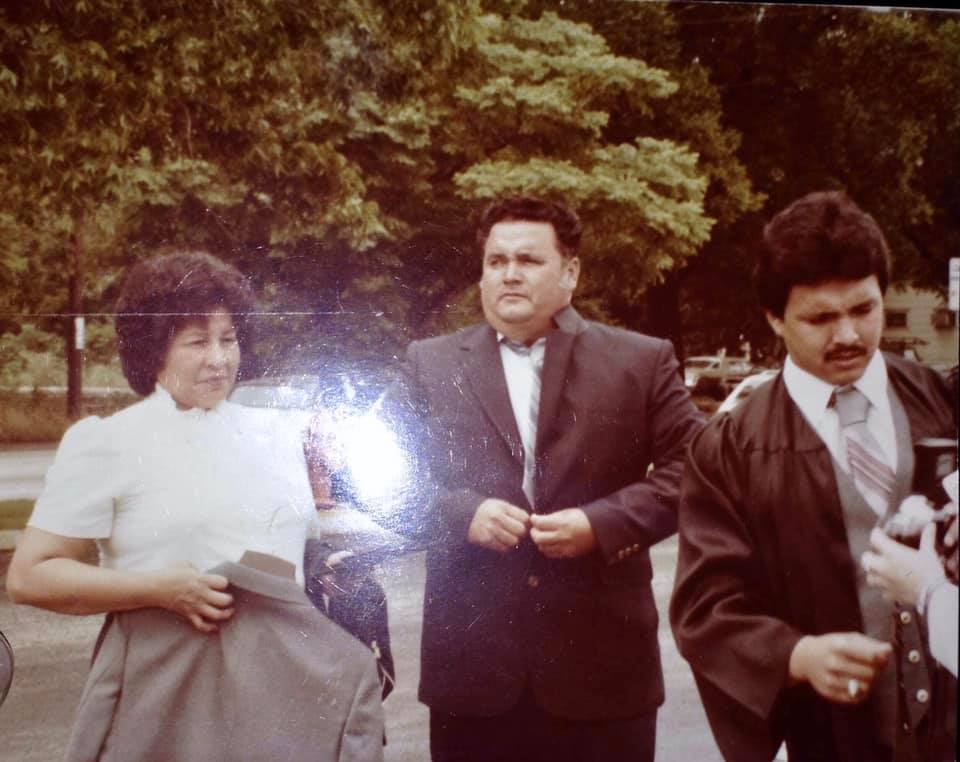
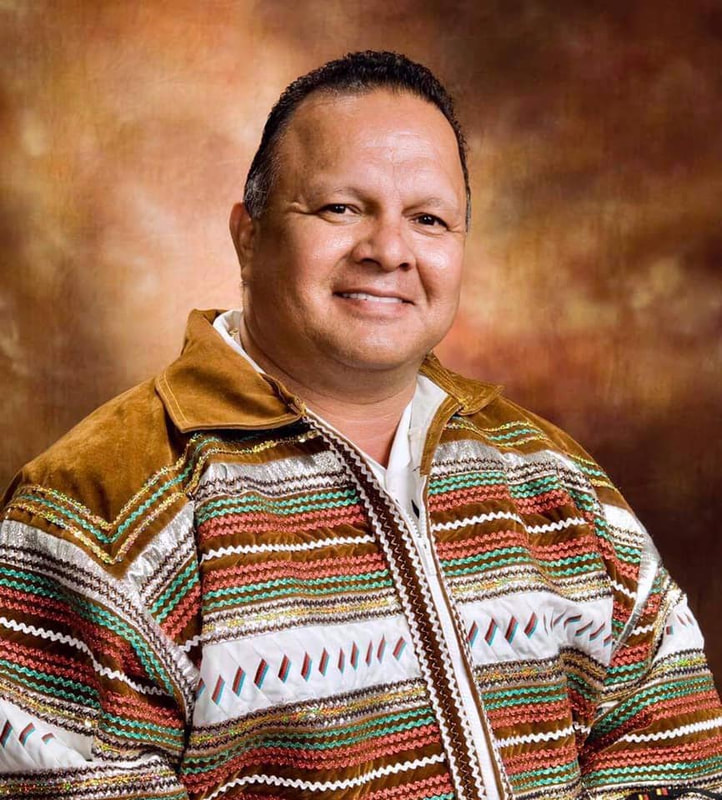
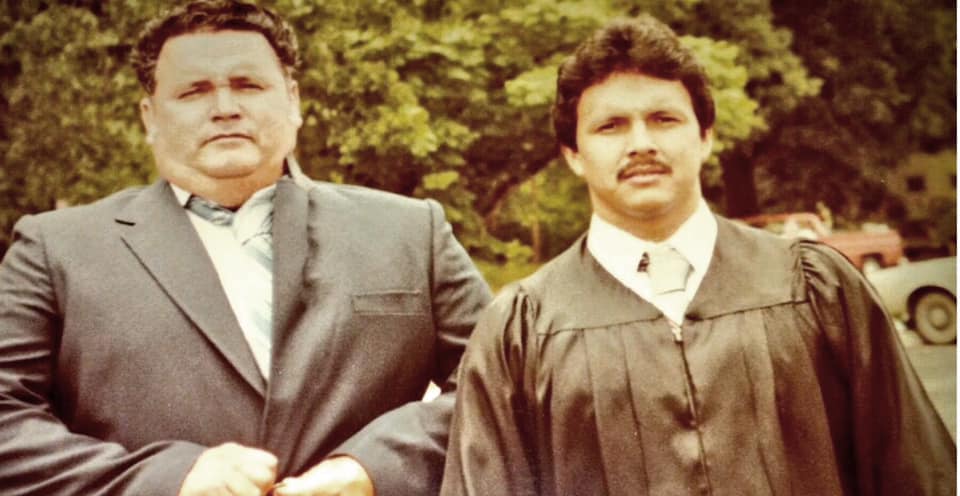
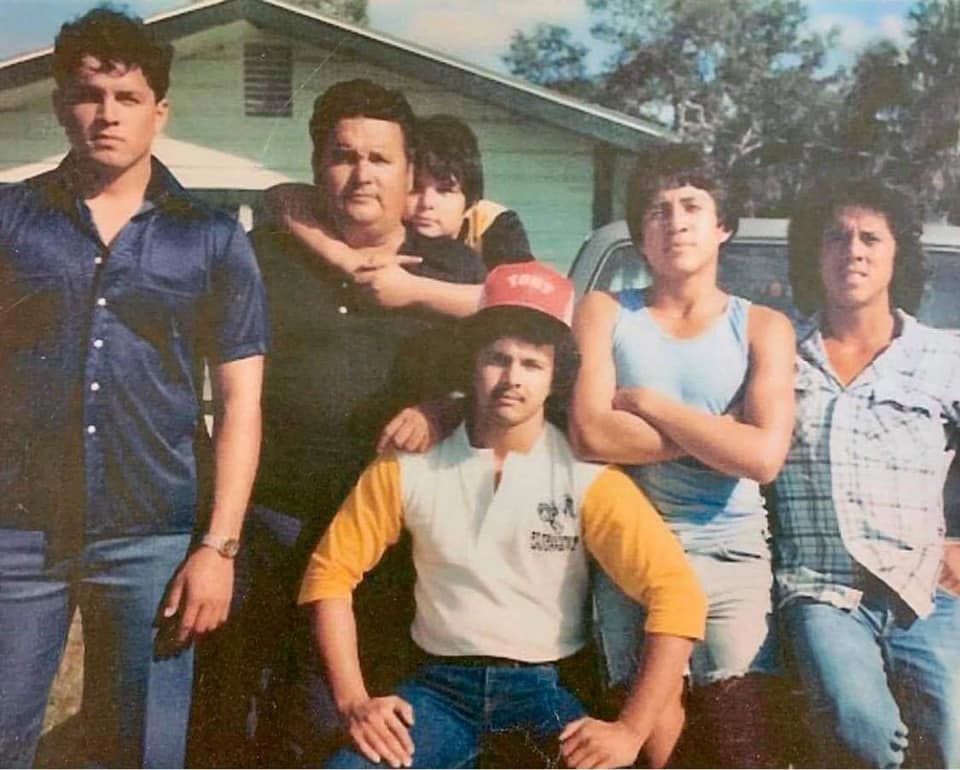
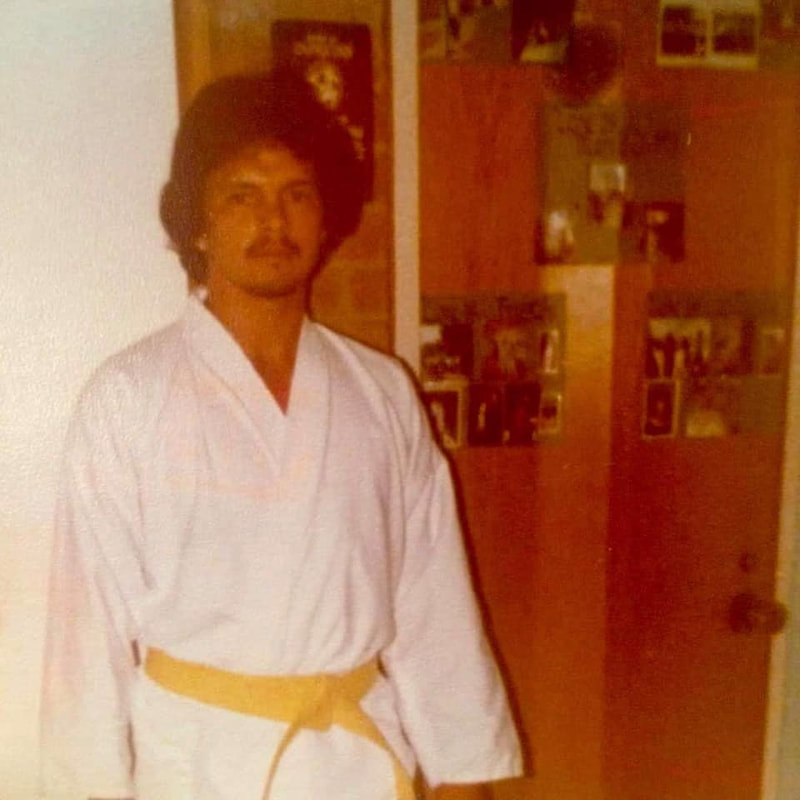
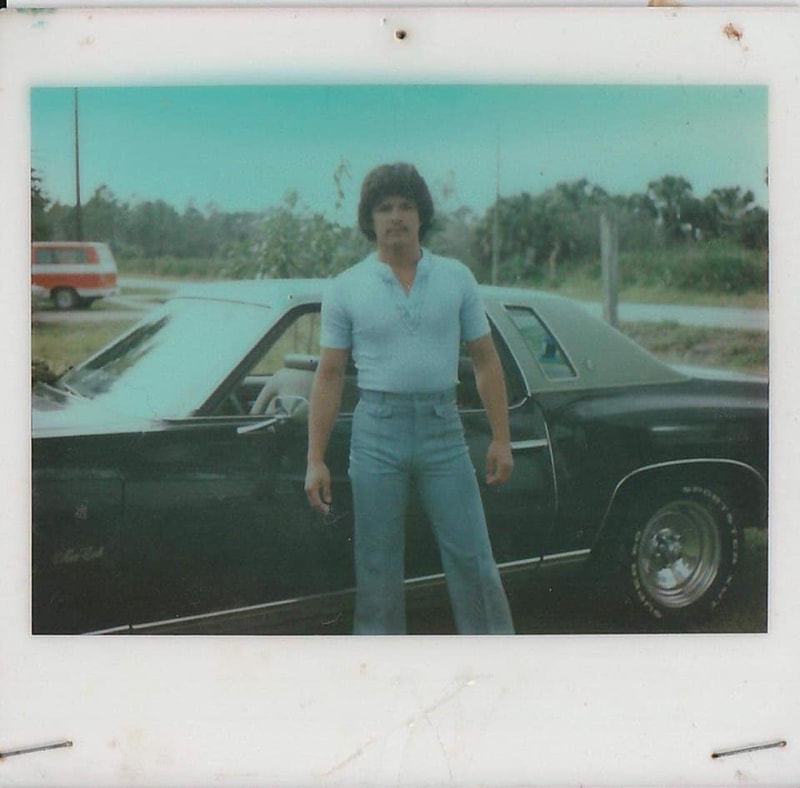
 RSS Feed
RSS Feed
